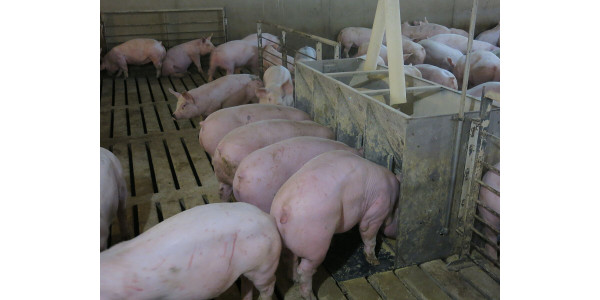Customizable forms can be used to create an operations contingency plan
ROCHESTER, Minn. — The University of Minnesota Extension Livestock Team has released a set of customizable forms that can be used to create an operations contingency plan for their farm. The contingency forms are meant to provide livestock owners a starting point to outline essential livestock care if they and/or their managers become sick with COVID-19 or another emergency occurs. In these situations, care would likely need to be administered by a non-household member. The contingency plan is meant to cover short-term, essential care only and is not meant to serve as a comprehensive care plan. The intended use of these forms is for emergency planning purposes.
Plans are available at https://z.umn.edu/LivestockPlans for download and can be saved then filled out. Forms can be filled out on the computer or printed and done by hand. There are templates for dairy, beef, swine, poultry (commercial, pasture, and urban), horse (private and boarding), honeybee, and small ruminant (sheep and goat). These forms are intended to aid livestock owners in preparing for short-term (e.g. 30 days), essential care of animals during an illness or emergency that is provided by non-household members. Household or intimate contacts are considered at higher risk of developing COVID-19. If a household or intimate contact develops COVID-like symptoms, the entire household should stay home and self-quarantine for 14 days and monitor for symptoms. Thus, identifying non-household member caretakers are necessary.
As a reminder, COVID-19 does not appear to affect animals but can exist on surfaces, especially nonporous surfaces. Do not touch anything handled by an ill person without personal protective equipment (PPE).
Livestock owners are also encouraged to have a family or household plan in case someone becomes sick with COVID-19 and must isolate at home.
* Continue regular preventative steps including hand washing, avoiding touching your face, and cleaning high-use surfaces
* Keep the sick person in a separate room from the rest of the household and limit how many people interact with them
* Monitor your own health
* Encourage self-care for all household members, and take the time to do it for yourself
Last modified: 09/28/2020












